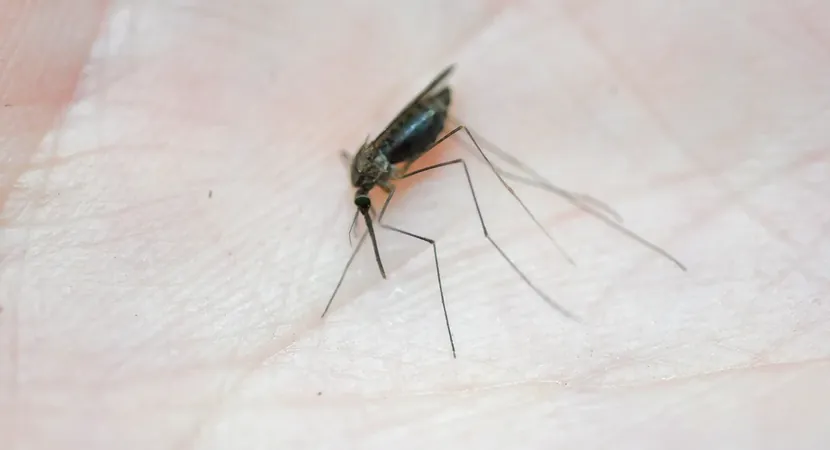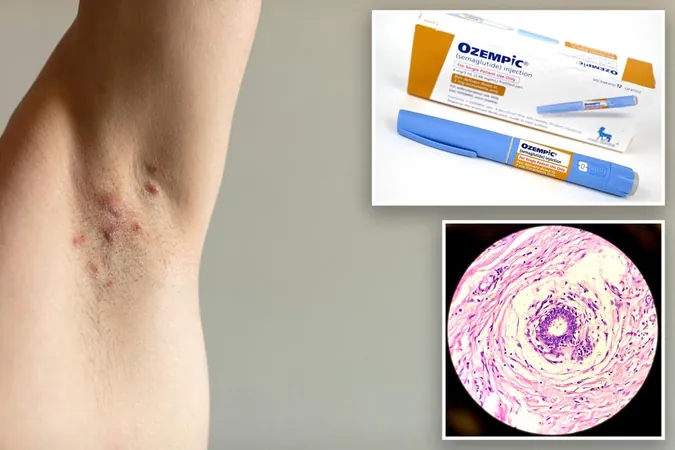
Protect Yourself from Eastern Equine Encephalitis: Expert Tips from NY Health Officials!
2024-10-04
As fall settles in, the buzzing of mosquitoes continues in the New York metro area, bringing with it an increased risk of mosquito-borne illnesses, particularly Eastern Equine Encephalitis (EEE). Last month, New York State faced a concerning reminder of this threat with its first human EEE death since 2015, confirming a significant public health challenge.
Understanding EEE: A Rare but Deadly Illness
Eastern Equine Encephalitis is a mosquito-borne virus that, despite its rarity, poses a severe threat. Since the first recorded EEE case in 1971, New York has seen only 12 instances of the illness, with eight fatalities—a staggering 67% mortality rate. EEE has a typical fatality rate between 30% and 40% among those infected, making awareness and prevention crucial.
Statewide Response to Combat EEE Spread
Governor Kathy Hochul is leading a proactive response across New York State, particularly in high-risk areas. The primary focus is on informing the public about effective measures to deter mosquito bites. This includes the distribution of mosquito repellents in state parks, visitor centers, and campgrounds, particularly important as many New Yorkers enjoy the outdoors in October.
Backenson emphasized that camping enthusiasts, who spend extended periods outdoors, are at heightened risk of mosquito exposure. He noted, “It’s incredibly easy to get a mosquito caught in your tent,” hence the need for vigilance.
Local Community Involvement in Prevention
Local governments and communities in New York City are urged to promote preventative measures against mosquito bites. Essential strategies include wearing long sleeves and pants, especially during warmer weather when full coverage may be challenging. Additionally, using EPA-recommended repellents—such as DEET, picaridin, oil of lemon eucalyptus, and IR3535—significantly reduces mosquito bites.
For instance, a standard 25% DEET formulation typically offers protection for about four to six hours. Backenson advised that when using repellents on children, adults should apply it to their hands first before gently applying it to the child's face, ensuring safe use.
Recognizing EEE Symptoms and When to Seek Help
The 'E' in EEE stands for encephalitis, characterized by severe brain swelling. Key symptoms include intense headaches, confusion, and neurological impairment, as well as fever and flu-like illnesses. If you suspect you've been bitten by an infected mosquito and exhibit any of these symptoms, it’s crucial to seek medical assistance promptly.
Final Thoughts: Stay Informed and Vigilant
With EEE now recognized as an imminent health threat across the state, New Yorkers must stay informed and take definitive actions to protect themselves. Being proactive with preventive measures, remaining aware of symptoms, and seeking timely medical help can significantly mitigate the risks associated with Eastern Equine Encephalitis. Let’s work together to keep our communities safe this season!




 Brasil (PT)
Brasil (PT)
 Canada (EN)
Canada (EN)
 Chile (ES)
Chile (ES)
 España (ES)
España (ES)
 France (FR)
France (FR)
 Hong Kong (EN)
Hong Kong (EN)
 Italia (IT)
Italia (IT)
 日本 (JA)
日本 (JA)
 Magyarország (HU)
Magyarország (HU)
 Norge (NO)
Norge (NO)
 Polska (PL)
Polska (PL)
 Schweiz (DE)
Schweiz (DE)
 Singapore (EN)
Singapore (EN)
 Sverige (SV)
Sverige (SV)
 Suomi (FI)
Suomi (FI)
 Türkiye (TR)
Türkiye (TR)